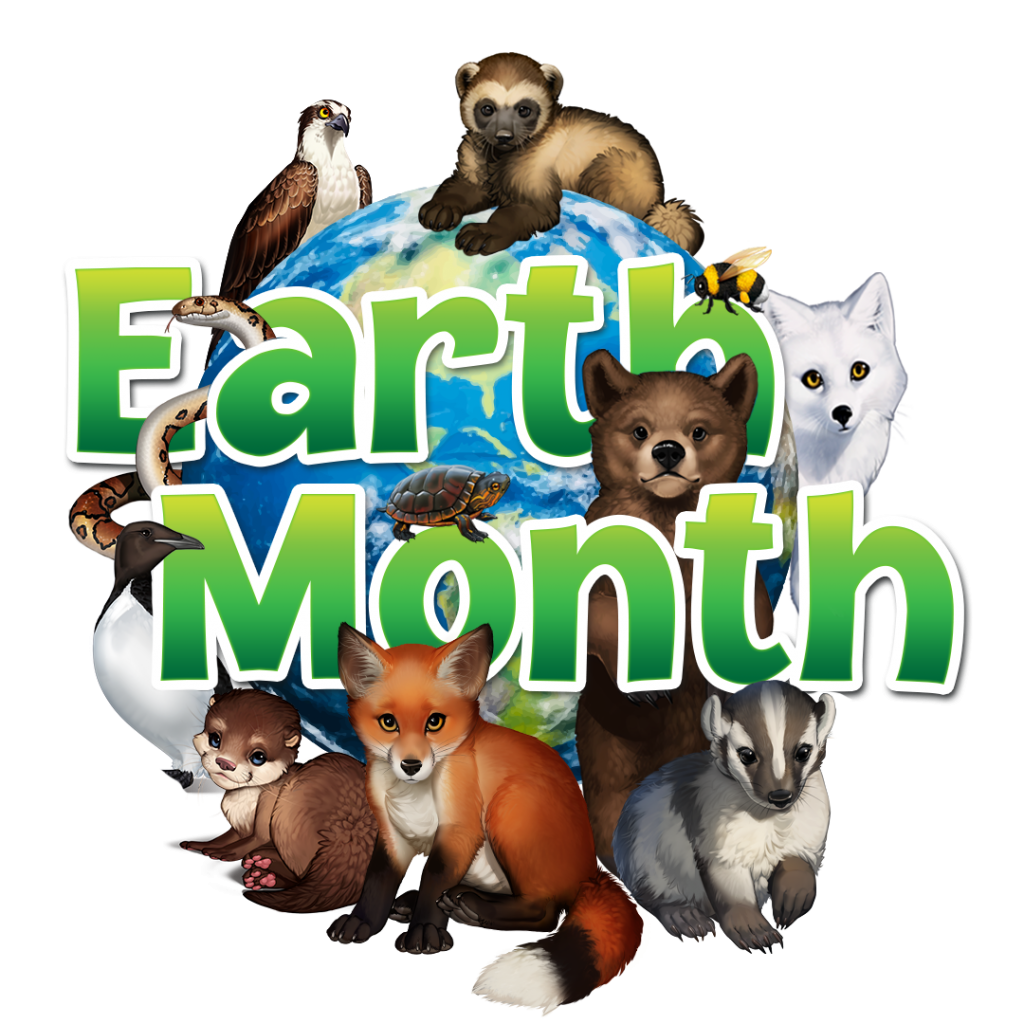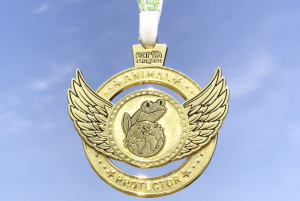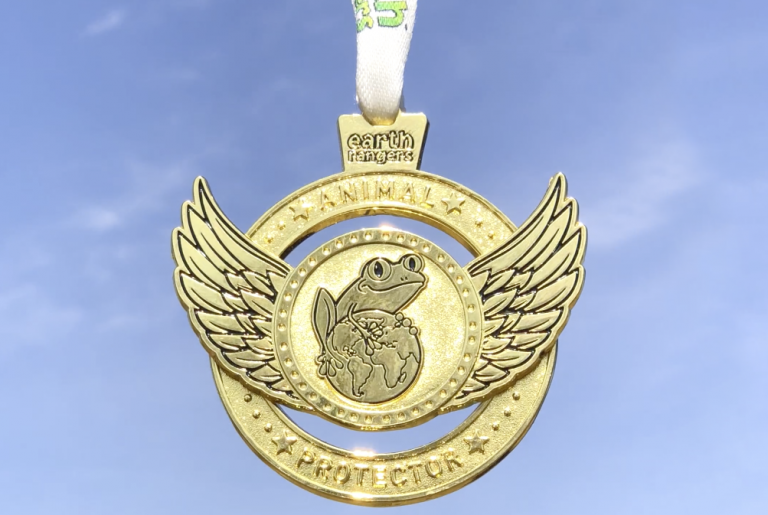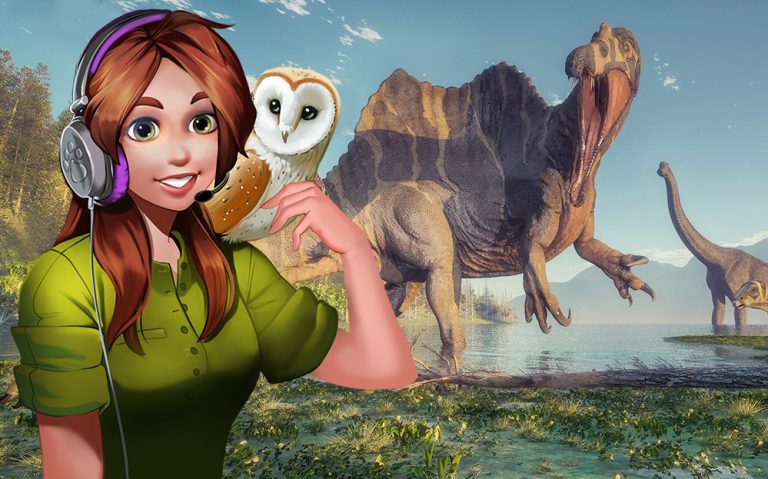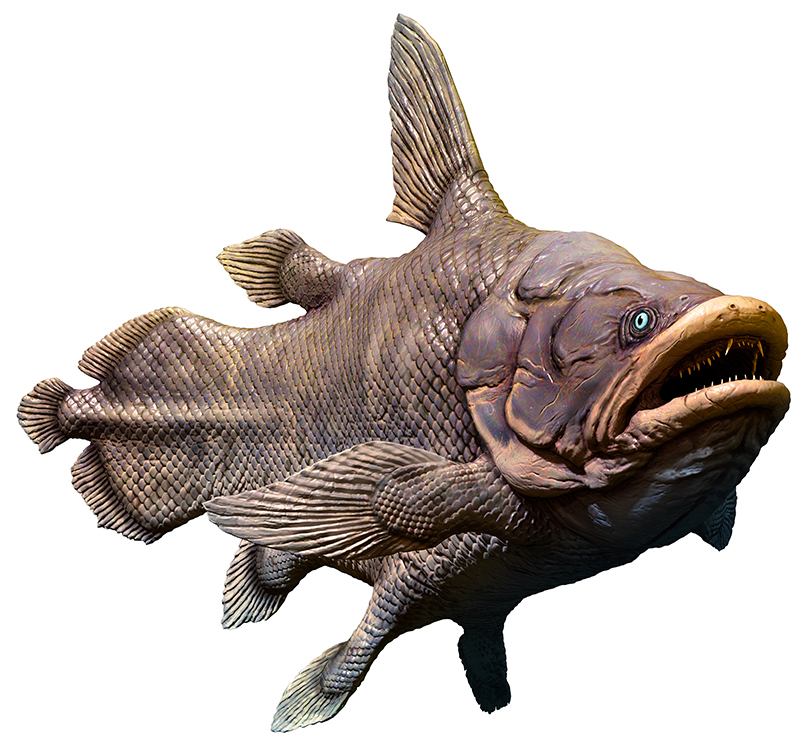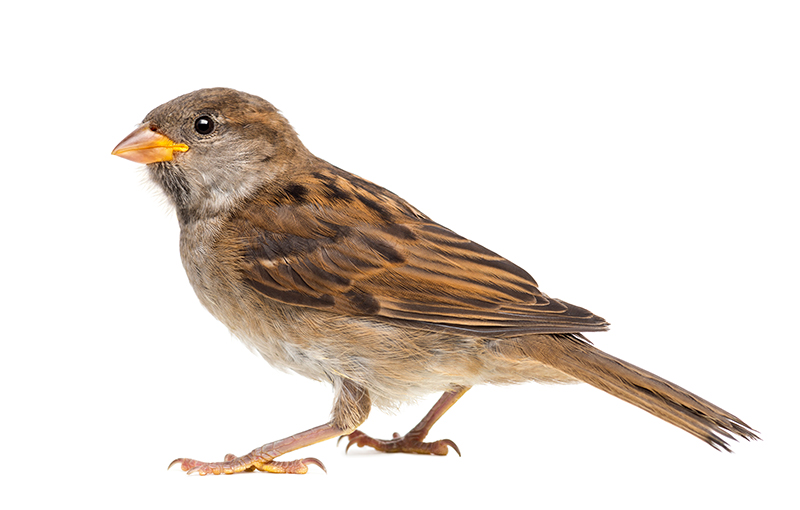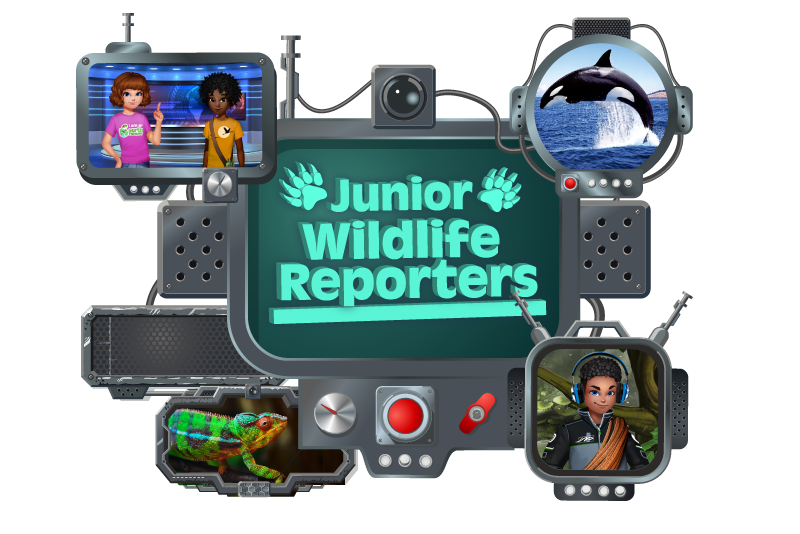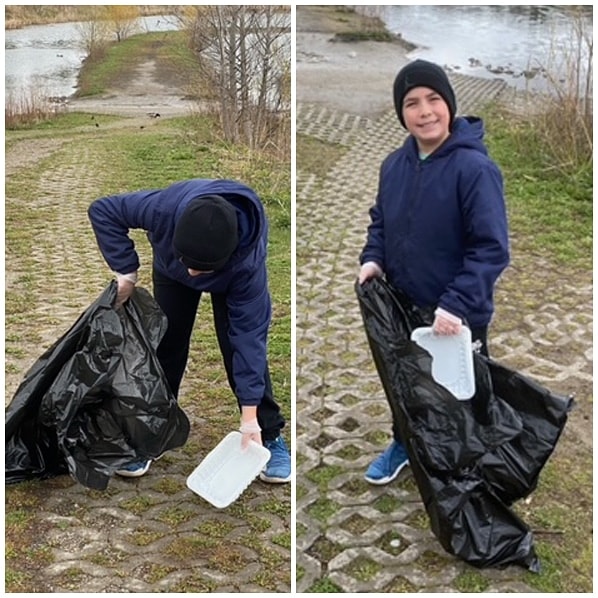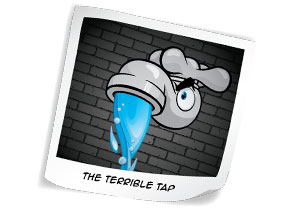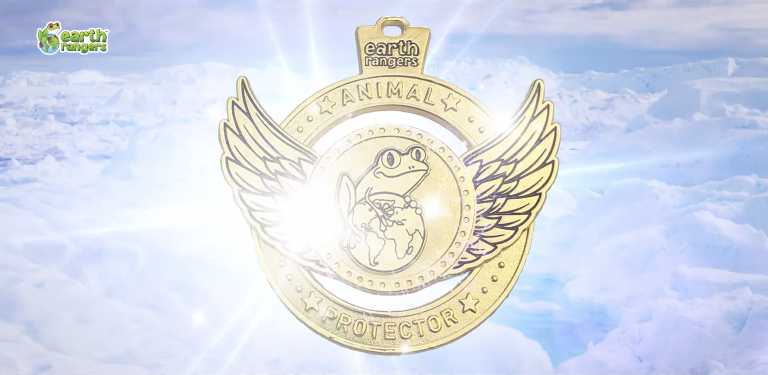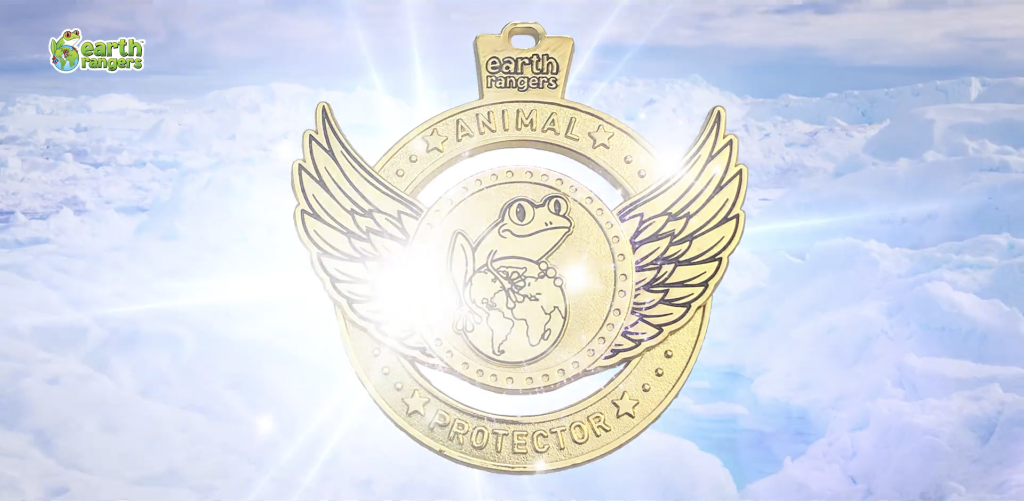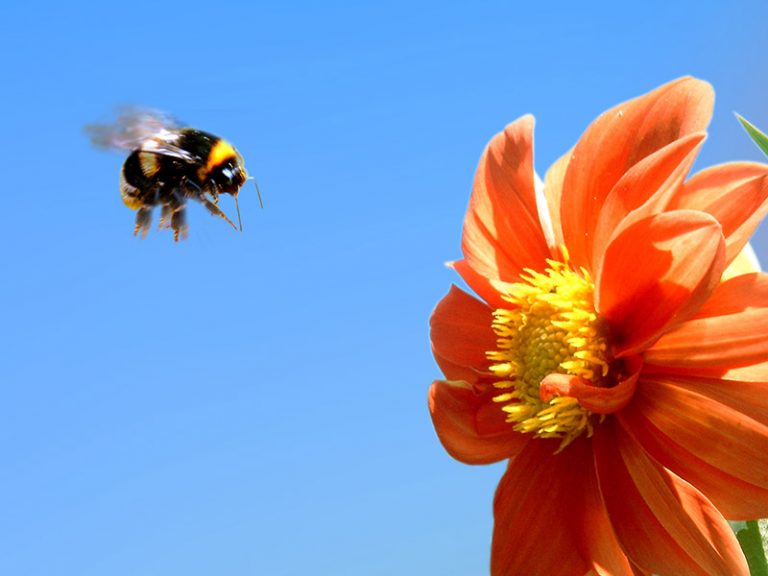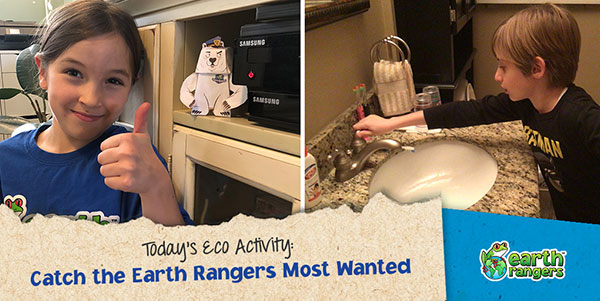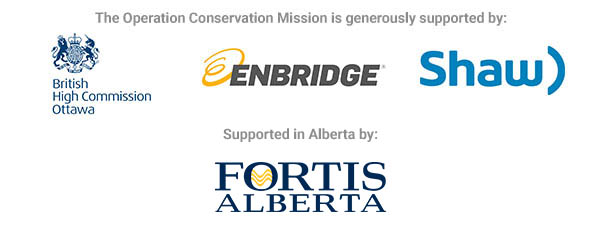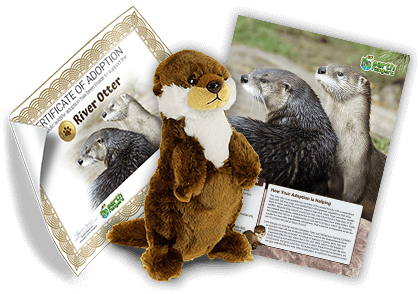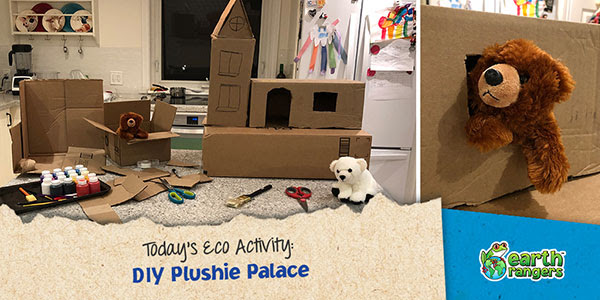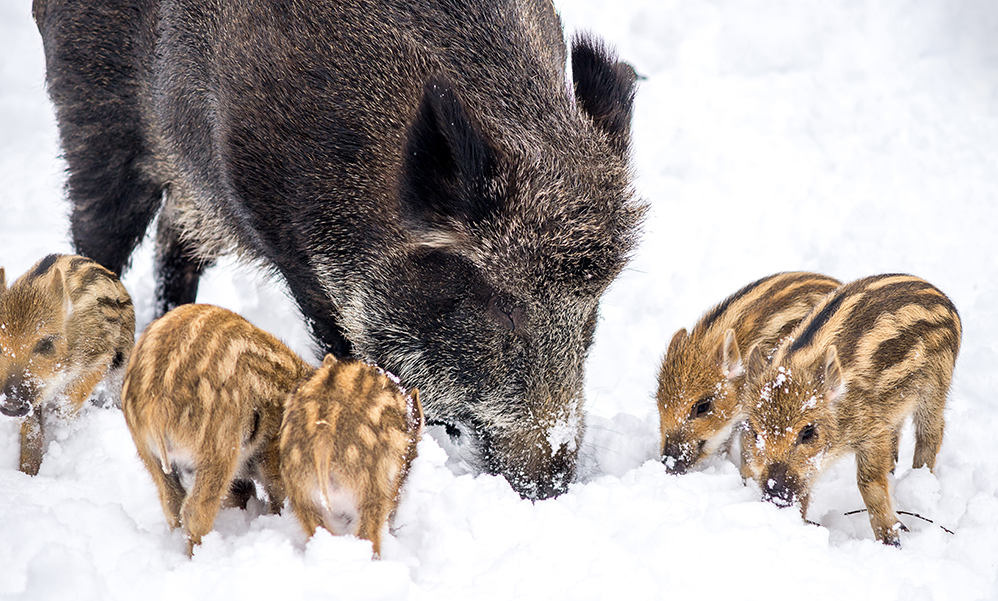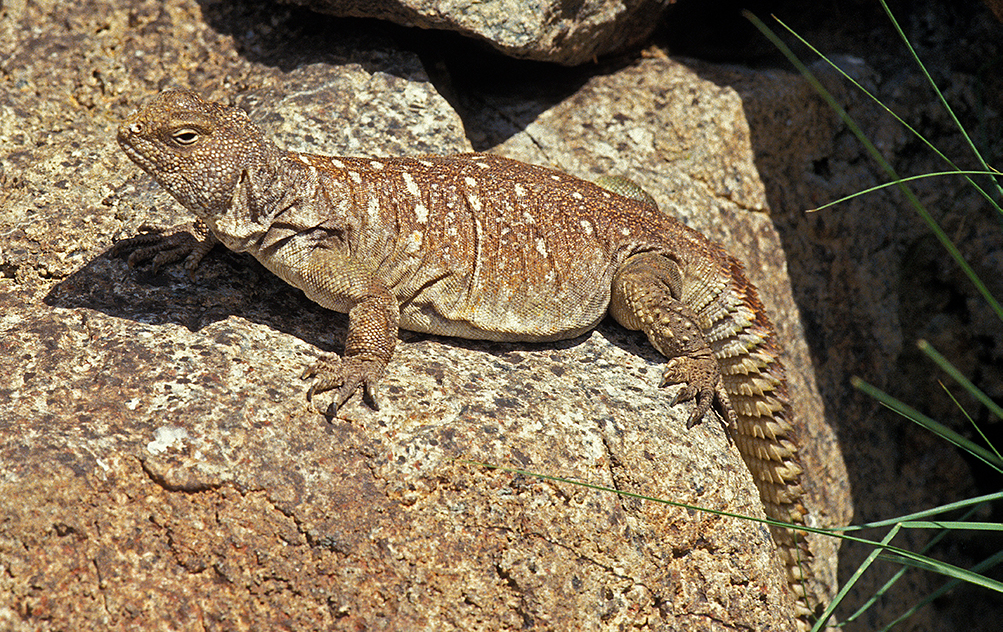When you want to go to the store, visit a friend or
head to school, what do you do? If you’re like many kids, you hop in the car
and a grownup drives you there. Sometimes the car IS the best option (like if
your family has to bring a LOT of groceries home), but if you have a choice,
always choose to go GREEN!
Not-So-Green Machines
You’ve probably heard all about climate change. But what do vehicles (like cars, buses, trains, boats, and planes) have to do with it? Simple: when we use fossil fuels to power these vehicles, they release a greenhouse gas called carbon dioxide. Too much carbon dioxide in our atmosphere traps heat and contributes to Earth’s overall temperature rising.
Vehicles are becoming more environmentally
friendly (some cars are now hybrids, using electric and gas-powered engines,
and some cars are completely electric), but they’re still responsible for 25%
of all greenhouse gas emissions in Canada each year. That’s a LOT, so it’s
important that we help to reduce that number.
The Truth About Travel
Although we all LOVE to go on vacation, some holidays
are greener than others. Having a stay-cation where you explore your own
city (on foot, by taking public transit or by bike) is definitely your greenest
option. Now that spring
is approaching, why not organize a hike to discover Canada’s beautiful forests
or look for bike routes around your home? Did you know there are 475 kilometres
of signed cycling adventures awaiting you in the beautiful, protected countryside
of Ontario’s Greenbelt? You’ve got options!
But what if your family wants to visit someplace farther away? If you can, consider going by train or bus. And when it’s safe to travel again and the plane is the only option, here are a few ways to guarantee a greener flight:
- Fly economy. This choice will help increase the plane’s efficiency. Keep in mind each first-class ticket can generate two to four times the emissions of an economy class ticket because business class accommodates fewer passengers.
- Take non-stop flights. This helps to decrease the amount of greenhouse gases released on takeoff and landing.
- Ask your parents to look into the airline’s environmental policies. Some airlines are greener than others.
Make Little Changes Every
Day
Every time you choose to travel by foot, bike or
public transit, you’re lowering your carbon footprint and helping to keep the world a
cleaner, greener place
while getting enough exercise, good for your health.
If you want to learn more about moving around in an
environmentally friendly way, check out our Stop and Go Green Mission on
the Earth Rangers app. You’ll discover all kinds of helpful tips for making
sure every trip you take is a green one!
